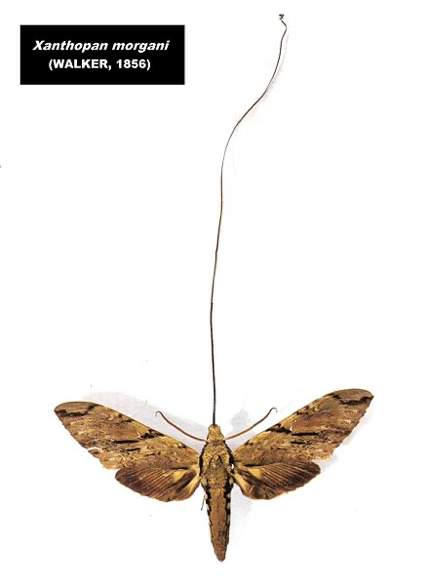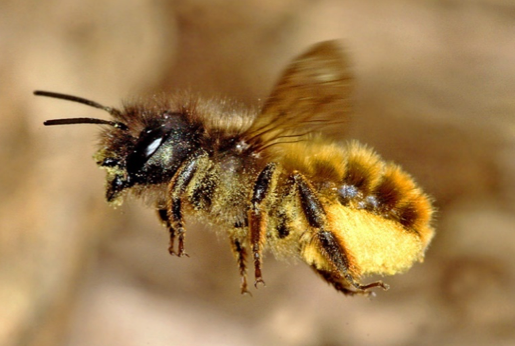If you have been walking through the woods lately, you may have noticed clouds of jet-black, shiny flies with dangling long legs, drifting slowly upwards and downwards, writes Athayde Tonhasca. These are St Mark’s flies.

A St Mark’s fly (Bibio marci) © James K. Lindsey, Wikipedia Creative Commons
This fly is so-named because it appears around 25 April, which is St Mark’s day. Swarms of St Mark’s flies are found throughout the UK on woodland edges, grassland and wetlands. The adults feed on nectar, but they don’t live very long: only about two weeks. After mating, females lay their eggs in the soil and die soon afterwards. Their larvae feed on dead vegetation and living plant roots through the autumn and winter. They are important recycling agents, accelerating the decomposition of organic matter.
As is the case for many of our insects, we don’t know much about the ecology of St Mark’s flies. They are regular flower visitors, and the density of hairs on their bodies suggests they do pollinate plants.

A hairy St Mark’s fly male. © Rolf Dietrich Brecher, Wikipedia Creative Commons
Hairiness is related to pollen load, which is the quantity of free pollen that is carried on the body of an insect and available for transfer to flowers. The pollen load of mining bees, bumble bees and honey bees visiting rapeseed fields range from around 1,900 to 5,800 grains – it sounds like a lot, but a single rapeseed flower can produce over 100,000 pollen grains.
Bibionidae flies, the group St Mark’s flies belong to, carry a load of around 900 grains of rapeseed pollen. This is a modest contribution when compared to bees and other flies, but it is far from negligible. Considering that massive numbers of these flies visit rapeseed as well as fruit crops, each one transporting a few grains of pollen, their contribution to pollination may be substantial. The true impact of the ephemeral and sluggish St Mark’s fly remains to be discovered.

St. Mark’s fly feeding © Jeanette Hall




 Both are great sources of food for pollinators. Blackthorn generally flowers first, and is a welcome and wonderful early source of nectar and pollen for emerging bumblebees. Solitary bees and honey bees will join the feasting too and, with hawthorn not too far behind in the calendar, these popular hedgerow shrubs serve our pollinators particularly well.
Both are great sources of food for pollinators. Blackthorn generally flowers first, and is a welcome and wonderful early source of nectar and pollen for emerging bumblebees. Solitary bees and honey bees will join the feasting too and, with hawthorn not too far behind in the calendar, these popular hedgerow shrubs serve our pollinators particularly well.









